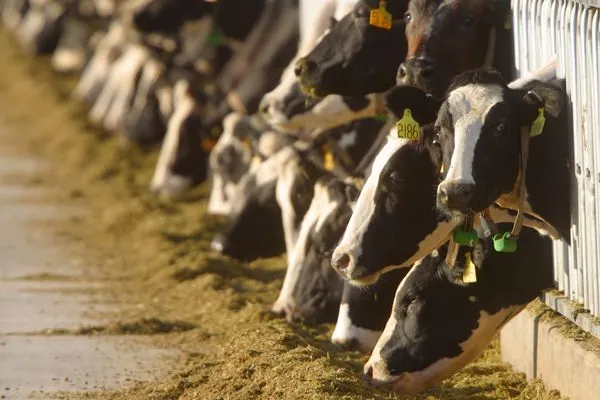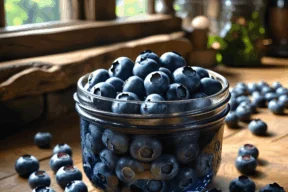Farm Facts That Feed You
Arizona Dairy Facts

Back
Arizona Dairy Facts
Arizona’s dairy industry in 2024 was the largest agricultural commodity at $1.2 billion in cash receipts, according to the USDA. Beef and Dairy flip back and forth in first place.
We highlight several significant sustainability and market points about dairy farming in Arizona and across America.
- Compared to the Midwest, even the smallest dairy in Arizona is large. Our largest dairies can run about 12,000 active milk cows, but the average is 2,000 to 2,500. But regardless of size, they are family farms and typically generational.
- Due to innovative farming and feed production practices, a gallon of milk in 2017 required 30% less water, 21% less land, and a 19% smaller carbon footprint than it did in 2007. And, these sustainability numbers keep getting better because of improved genetics and other technologies.
Up to one-third of a dairy cow’s diet comes from byproducts (e.g., almond hulls and distillers’ grains) which help to reduce food waste and methane emissions in landfills. - U.S. Dairy is evaluating feed additives such as nitrate compounds and seaweed that have the potential to reduce enteric methane emissions from cow burps by at least 30%.
- Cows provide good beyond nutritious milk– they help upcycle food scraps, make soil healthier and generate cleaner energy for communities.
- Many of today’s dairy farmers embrace climate-smart technologies and practices to reduce greenhouse gases, conserve water, and turn waste into cleaner energy.
- On average, U.S. dairy farms reuse a gallon of water four times: They water herds, cool fresh milk, and clean equipment before finally watering feed crops.
- 97% of the milk sold in our Arizona grocery stores comes from our Arizona family dairies. We have our well-known family local brands such as Danzeisen Dairy and Shamrock Dairy. But that gallon of store brand milk you just bought this week also came from a local dairy, it just doesn’t have the farm dairy brand slapped on the side of the package.
- Nutritional and technological innovations happen in the dairy every day. Some dairies even have pedometers on their cows so farmers can track every step a cow takes to determine exactly what’s happening with each cow.
- The many steps to get our Arizona grocery-store dairy products begin with milking the cows and storing the milk in stainless steel storage containers that immediately chill the milk to 35 to 39 degrees Fahrenheit. Milk is collected from the farm (at a minimum) every 24 hours in large tankers that keep the milk cold during transportation. Then at the processing plant, milk is pasteurized and homogenized before packaging to get ready for the grocery store.
- Dairy farmers growing their own feed for their own cattle has been a sustainability measure for dairies.
- Upcycling food waste from other industries to (think bakery waste, almond hulls, “ugly” food produce) helps keep food out of the landfills.
- Also, our friends at Arizona Milk Producers explain the way to tell if milk or a dairy product is local is to look for the code stamped on the container. Any “Local” products begin with the “04” code.
Sources: Our Arizona Dairy farmers, the United Dairymen of Arizona and the Arizona Milk Producers.
![]() Virtual Ag Tour Series: Dairy
Virtual Ag Tour Series: Dairy
Our Videos
View all VideosOur Latest Posts

Nutrition for Cycling: How Proper Nutrition Fuels Cyclists from the First Mile to the Finish Line
Cycling is a sport built on rhythm, the turning of your pedals, the cadence of your breath, and the flow of your energy as the…

The Scoop on Salt
For the longest time I never understood why every baking recipe always called for a teaspoon or two of salt, even if the baked good…
Featured Recipes

Provided by: Garry Domingue, Rosie on the House Producer and Foodie












